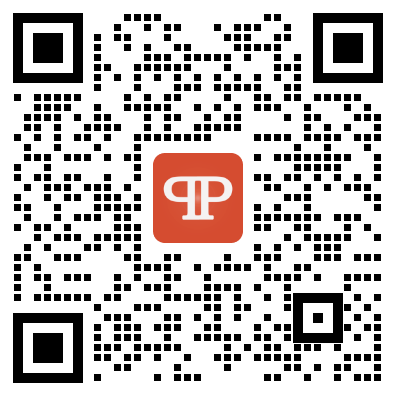Python中字符串的格式化方法小结
老办法
Python2.6之前,格式字符串的使用方法相对更简单些,虽然其能够接收的参数数量有限制。这些方法在Python3.3中仍然有效,但已有含蓄的警告称将完全淘汰这些方法,目前还没有明确的时间进度表。
格式化浮点数:
pi = 3.14159
print(" pi = %1.2f ", % pi)
多个替换值:
s1 = "cats" s2 = "dogs" s3 = " %s and %s living together" % (s1, s2)
没有足够的参数:
使用老的格式化方法,我经常犯错"TypeError: not enough arguments for formating string",因为我数错了替换变量的数量,编写如下这样的代码很容易漏掉变量。
set = (%s, %s, %s, %s, %s, %s, %s, %s) " % (a,b,c,d,e,f,g,h,i)
对于新的Python格式字符串,可以使用编号的参数,这样你就不需要统计有多少个参数。
set = set = " ({0}, {1}, {2}, {3}, {4}, {5}, {6}, {7}) ".format(a,b,c,d,e,f,g)
Python 2.x 基于字典字符串格式化
"%(n)d %(x)s" %{"n":1, "x":"spam"}
reply = """
Greetings...
Hello %(name)s!
Your age squared is %(age)s
"""
values = {'name':'Bob', 'age':40}
print rely % values
Python 3.x format方法格式化
template = '{0},{1} and {2}'
template.format('spam','ham','eggs')
template = '{motto}, {pork} and {food}'
template.format(motto='spam', pork='ham', food='eggs')
template = '{motto}, {0} and {food}'
template.format('ham', motto='spam', food='eggs')
'{motto}, {0} and {food}'.format(42, motto=3.14, food=[1,2,3])
Python使用urllib2模块抓取HTML页面资源的实例分享
先把要抓取的网络地址列在单独的list文件中http://www.gimoo.net/article/83440.htmlhttp://www.gimoo.net/article/83437.htmlhttp://www.gimoo.net/article/83430.htmlhttp://www.gimoo.net/arti
解析Mac OS下部署Pyhton的Django框架项目的过程
一、安装软件包并创建项目$sudopipinstalldjango$sudopython-c"importdjango;printdjango.VERSION"(1,7,0,'final',0)$sudodjango-adminstartprojectcmdb#创建项目$sudodjango-adminstartappcmdb#创
Python中函数参数设置及使用的学习笔记
一、参数和共享引用:In[56]:defchanger(a,b):....:a=2....:b[0]='spam'....:In[57]:X=1In[59]:L=[1,2]In[60]:changer(X,L)In[61]:X,LOut[61]:(1,['spam',2])函数参数是赋值得来,在调用时通
